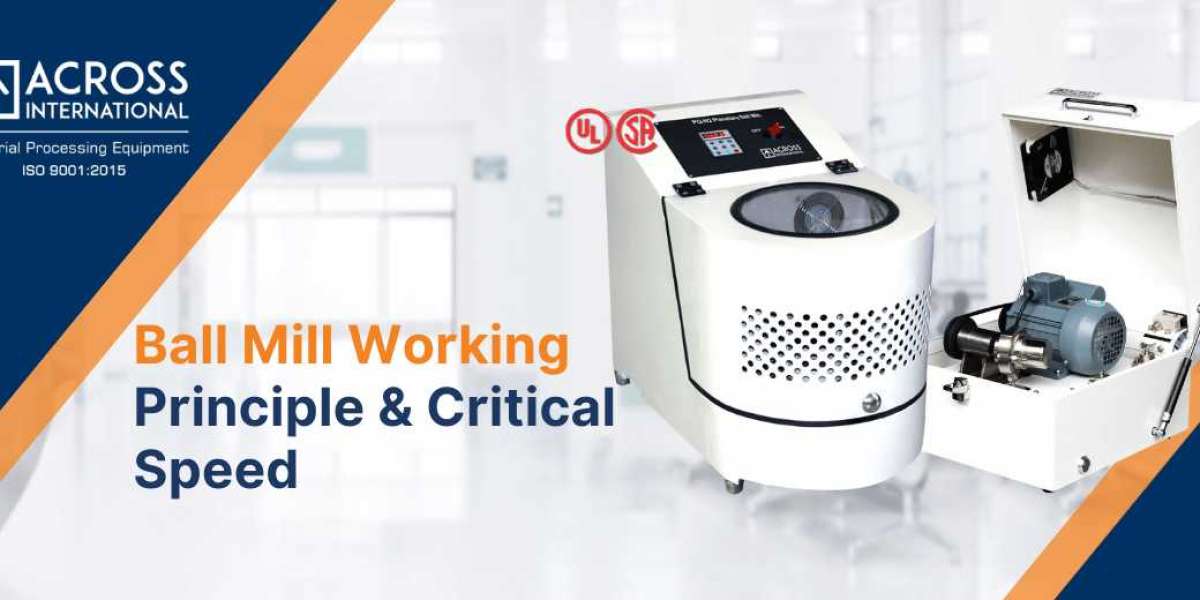When most people think of milling machines, they envision a vertically oriented machine that contains rotary cutters. Traditional milling machines such as this are used extensively in the manufacturing industry to reshape workpieces. However, there are many other types of milling machines, one of which is a ball mill.
What is a ball mill exactly, and how does it differ from traditional milling machines?
Ball Mills Overview
Ball mill, also known as tumbling or pebble mill is milling equipment that encompasses cylinder-containing balls and is mounted on a metallic frame that can be rotated along with a longitudinal axis.
A ball mill is a type of grinding machine that uses steel or ceramic balls to grind materials into a fine powder. It works on the principle of impact and attrition.
Impact occurs when the balls are lifted by the rotating mill and then drop onto the material to be ground. The force of the impact breaks the material into smaller pieces.
Attrition occurs when the balls rub against each other and against the material to be ground. This friction helps to wear down the material into a powder.
Ball mills are used in a wide variety of industries, including mining, cement production, ceramics, and pharmaceuticals. They are also used in research laboratories to grind materials for analysis.
The material to be ground is fed into the mill through the feed port. The grinding medium is then rotated inside the mill, which causes the balls to impact and grind the material. The ground material is then discharged from the mill through the discharge port.
The critical speed of a ball mill is the speed at which the grinding medium reaches the centrifugal force required to stick to the inner wall of the mill. At this speed, the grinding medium will rotate around the mill with the shell, and there will be no grinding action.
To achieve effective grinding, the ball mill must operate above its critical speed. This ensures that the grinding medium is constantly tumbling and impacting the material to be ground.
Factors that affect the grinding performance of a ball mill include:
The speed of rotation
The size and type of grinding medium
The size and type of material to be ground
The filling ratio of the mill (the percentage of the mill volume that is filled with grinding medium)
Ball mills are a versatile and effective type of grinding machine. They can be used to grind a wide variety of materials into a fine powder.
Many techniques can be used for synthesizing materials called high-energy milling. Various components and machines are used for grinding applications and that’s where high-energy ball mill comes into play.
Read Here More About Ball Mills Working Principle Advantages








